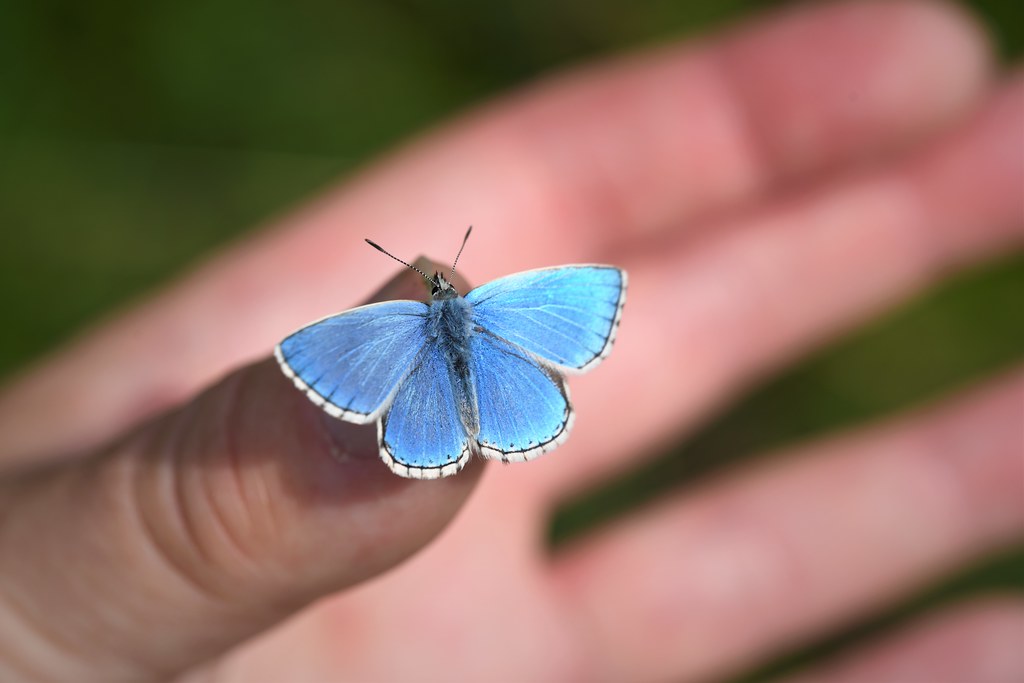#european wildlife
Text
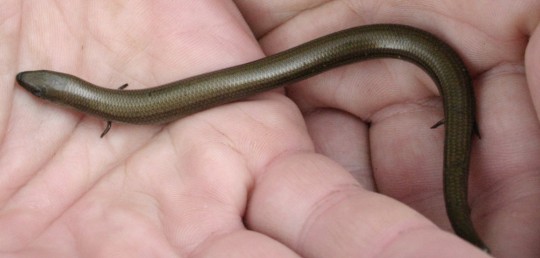
Italian Three-Toed Skink (Chalcides chalcides)
Family: Skink Family (Scincidae)
IUCN Conservation Status: Least Concern
Like several other species of lizard, the Italian Three-Toed Skink has adapted to move through areas covered with dense vegetation by developing an elongated, flexible, snake-like body with highly regressed limbs, although unlike many other "snake-like lizards" members of this species still possess four tiny limbs, each ending in a stumpy three-toed foot. Said limbs are far too small to support the skink's weight and serve no role in movement (which is achieved through an elegant snake-like slithering motion,) which has led many to question what purpose, if any, they serve; it is generally assumed that the limbs are vestigial and that, given sufficient time, the descendants of modern Italian Three-Toed Skinks will lose them entirely, although some herpetologists and evolutionary biologists have suggested that the continued existence of this species' limbs suggests that they must serve some function, such as being moved as part of a courtship display or allowing mating individuals to hold onto one another (although as these behaviours have never been observed these suggestions are entirely speculative.) Found in damp, well-vegetated areas across most of mainland Italy as well as Tunisia, Algeria, Libya and the nearby island of Sardinia, members of this species are diurnal, feed mainly on insects and breed during the spring; like most skinks, females of this species give birth to live young, with newborns, which resemble miniature adults, being independent immediately after birth.
--------------------------------------------------------------------------
Image Source: https://www.inaturalist.org/taxa/53646-Chalcides-chalcides
#Italian Three-Toed Skink#skink#skinks#animal#animals#zoology#biology#herpetology#herpetofauna#wildlife#european wildlife#african wildlife#reptile#reptiles#lizard#lizards#squamata#squamates
878 notes
·
View notes
Text


European pine marten (Martes martes)
Białowieża Forest, Poland
Photos [1, 2] © neilb.havard
812 notes
·
View notes
Text
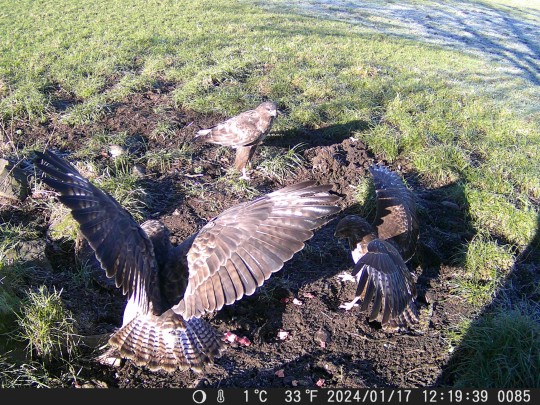
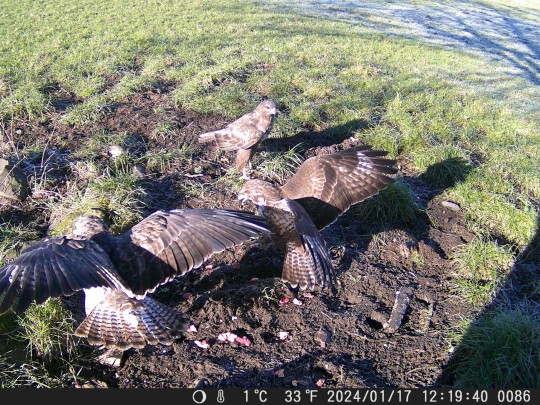
#nature#fields#wildlife#common buzzard#buteo#trail cam footage#bird of prey#wings#birds#animals#wild animals#european wildlife
33 notes
·
View notes
Video
Adonis Blue (Polyommatus bellargus) taking a sweaty drink... by Will Atkins
Via Flickr:
As I was trying to get a photo of it on some marjoram this male decided to make life a little harder for me by landing on my thumb instead!
#Adonis Blue#Adonis Blue Butterfly#Polyommatus#Polyommatus bellargus#Blue Butterfly#Blue Butterflies#Lycaenidae#Wildlife#Wildlife of Europe#European Wildlife#Animal#Nature#insect#Insects#Insects of Europe#Insects of Britain#Lepidoptera#Lepidoptera of Europe#UK Lepidoptera#Dorset Lepidoptera#British Lepidoptera#butterflies and moths#Butterflies#Butterfly#butterflies of Europe#UK butterflies#Dorset butterflies#butterflies of Dorset#Purbeck wildlife#close up
10 notes
·
View notes
Text
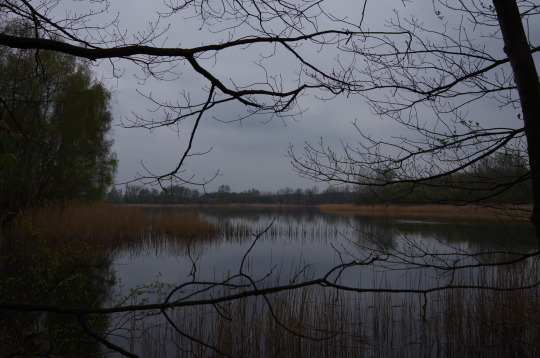



A little spy
#nature photography#nature#photography#original photography on tumblr#original photographers#european wildlife#wildlife photography
14 notes
·
View notes
Text
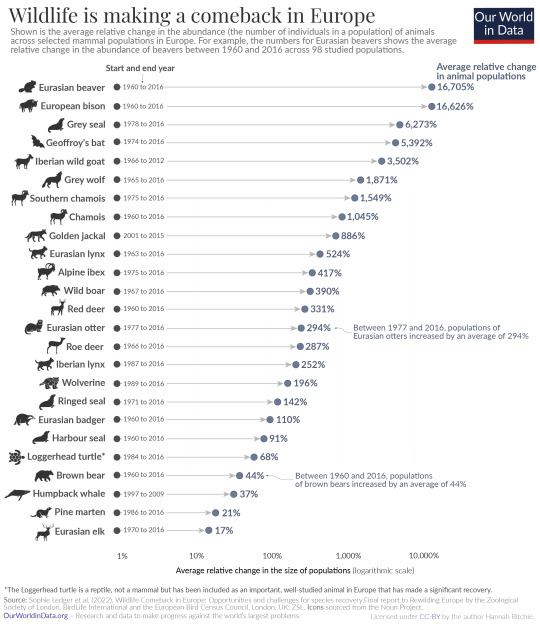
How did Europe achieve this impressive recovery of mammal populations?
In short, stopping the activities that were killing mammals off in the first place. Effective protection against hunting, overexploitation, and the destruction of habitats have been key.
Agricultural land use has declined across Europe over the last 50 years. This allowed natural habitats to return where agriculture had previously taken them over. It is a point that I’ve made before: high agricultural productivity is key to protecting wildlife. We need to produce more from less so that we can leave wild spaces for the world’s animals to flourish.
Another essential development was to stop hunting them. Countries brought in effective protection policies such as complete bans on hunting or hunting quotas; designated areas with legal protections; patrols to catch illegal poachers; and compensation schemes for the reproduction of certain species.
Most mammals are now listed under various region-wide protection schemes with strict regulations such as the EU Habitats and Species Directive; the Bern Convention and CITES (the Convention on International Trade in Endangered Species of Wild Fauna and Flora).
In 1981 Sweden introduced hunting quotas on brown bears. This is thought to be the main driver of the recovery of this species. There has also been a European-wide ban on the hunting of Harbour seals, with the exception of Iceland and Norway. Sweden established a compensation scheme with financial rewards for the reproduction of wolverines. Most impressive of all, the Eurasian Beaver has not only had legal protection, it has also been reintroduced in more than 25 countries across Eurasia.
The European bison made its comeback as the result of more than 50 years of breeding and reintroduction programs. In the 1930s, after going extinct in the wild, conservationists published the first edition of the European Bison Pedigree Book. It records the full genealogical history of all surviving bison. It was the first conservation program of its kind and it has been updated every year since.
The bison has come a long way since its first reintroduction to the wild in 1952. A century after going extinct in the wild, the IUCN Red List moved it from the classification of Vulnerable to Near Threatened thanks to continued conservation efforts.
What these promising trends show is that the recovery of wildlife is possible. Improvements in agricultural productivity not only halted the expansion of agriculture, but eventually reversed it. Farmland was given back to nature. Importantly, Europe achieved this while producing more food at the same time.
The state of European wild spaces in general, especially the megafauna, always felt pretty distressing so I'm glad to see hard data that there are significant improvements, and the measures required to manage wildlife are not even particularly extreme as wildlife conservation in the modern day goes.
(this is not intended to directly relate to this last week's hunting discourse: hunting in the North America and in Europe are pretty different due to differences in land use and the history of human-wildlife interactions, however it should be noted that land use in food production tends to directly impact on survival of wildlife in general.)
242 notes
·
View notes
Text

Hungry squirrel diving in
8 notes
·
View notes
Text
Hey everyone,
Okay I know that some of you are really struggling and have your problems but I just wanted to post this and advertise a good cause I am involved in.
As I let slide in the past a couple of times, I rehabilitate hedgehogs, the European brown chested hedgehog which is naturally part of Europe’s wildlife and facing more and more issues under climate change.
Increased temperatures during winter reduce hibernation which causes immunesystem weaknesses, increased rain is causing increased cases of skin fungus in combination with mites and overall there is less and less to eat for these insectivores through pesticides (we’ve already lost over a third of our insects in Germany). Hedgehogs in desperation for food start eating slugs and snails (which are despite common belief not part of the natural diet) which carry masses of parasites infecting the hogs and causing diarrhea and worsening of the overall health, and slowly starving and weakening them unless treated.
Extreme weather events like flooding and fires are completely decimating their habitat.
Adding to all these climate change impacts humans are also further endangering this already endangered species by putting lawn mowing robots into their yards and having those run non stop severely injuring hedgehogs.
I am a member of a non profit where we rehabilitate hedgehogs. We are completely dependent on donations.
If you could give anything to this cause we are able to save more lives. If you are interested in hedgehog rehabilitation please ask. I’m happy to share more about these wonderful animals.
I know this is German but we appreciate your help:
If you cannot help in form of donations, we would still appreciate you reblogging this to spread the word.
See below my personal patients (from top left to bottom right) Ruby born 2022 was in care for fungi infection. Alfie in care for giardia he also was in my care 2 years ago from having his side cut open from a gardening tool or lawn mower. In the middle you see Flea born 2020 (first 1-2 months old and then 2 years old). And lastly stumpy who came to me with a severely infected stumpy arm where a toe was missing.





#hedgehogs#hogs#wildlife#wildlife rehabilitation#European wildlife#wildlife sanctuary#donations#saving lives#Germany#German
0 notes
Text
Section 4 / Continent: Europe
General Layout:
Section 4 is a collection of dense forests, vast meadows, and high mountain ranges. There's also a large lake next to an enclosed campsite with free-roaming animals.
The section is marked with pathways and hiking trails, and other ways to get around the section are paddle boats, ziplines, and bicycles.
There's a variety of restaurants, gift shops, and amenities in the section, including an underground cave system, the campsite, and an archery station.
The Animals:
Amphibians: Frogs and Salamanders.
Aquatic/Semi-Aquatic Mammals: Dolphins, Otters, Seals, and Walruses.
Birds: Coots, Cranes, Ducks, Falcons, Finches, Kestrels, Magpies, Owls, Partridges, Puffins, Robins, Swans, and Quails.
Fish: Carp, Perch, Pike, Salmon, Scorpionfish, Seahorses, and Trout.
Insects: Bees, Beetles, Butterflies, Crickets, Grasshoppers, Shield bugs
Misc. Carnivores Animals: Bats, Bears, Lynxes, Moles, Wildcats, and Wolves
Misc. Herbivorous Animals: Beavers, Bison, Deer, Hares, Rabbits
Misc. Omnivorous Animals: Bears, Boars, Flying squirrels, Foxes, Hedgehogs, Mice, Squirrels
Reptiles: Lizards, Snakes, and Turtles.
#the butterfly's effect#notes#writers on tumblr#current wip#writeblr#writblr#writing#wip#work in progress#zoo#wildlife#european wildlife#european animals
1 note
·
View note
Text
Great Crested Newt
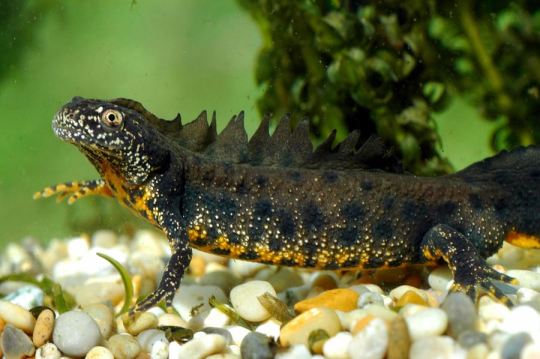
[ID: A photo of a great crested newt (a dark brown newt with a yellow belly, black spots and a dramatic crest along it's back). It is standing underwater on a pebbly surface with green pondweed visible in the background END ID]
Habitat: Found in Russia and much of Europe, the great crested newt prefers to live in forests outside of the breeding season.
Diet: Mostly invertebrates and the young of other amphibians
Why they're cool:
Male great crested newts will perform a complex courtship display involving tail-flapping to wave pheromones towards a female. They are the largest newts in Europe with females regularly reaching lengths of 16cm, though rare individuals have been recorded at up to 20cm long
1 note
·
View note
Text



julianradwildlife
5K notes
·
View notes
Text

Bloody-Nosed Beetle (Timarcha tenebricosa)
Family: Leaf Beetle Family (Chrysomelidae)
IUCN Conservation Status: Unassessed
Also known as the Blood-Spewing Beetle, the Bloody-Nosed Beetle is a large, wingless, herbivorous species of beetle named for its unusual defensive adaptations: when threatened, members of this species secrete a thick, blood-red liquid from their mouths, giving the impression that they are experiencing a heavy nosebleed. The “blood” secreted by Bloody-Nosed Beetles is actually haemolypmh (a typically transparent bodily fluid found in the circulatory system of most arthropods which serves the role of both the blood and lymph of vertebrates) which contains both haemoglobin (giving it its striking red colour and allowing for more efficient oxygen transportation while in the body) and numerous foul-tasting chemicals that make the beetle unpalatable to most animals, deterring the majority of predators and causing hesitation even in those that are not deterred by the taste. Fairly common in grasslands, heathlands and other densely-vegetated habitats across much of Europe, adults of this species are slow-moving and active mainly at night, using their strong, hook-tipped legs to climb through dense vegetation and relying on their long, segmented antennae to aid them in finding bedstraws (small, often hairy plants in the genus Galium,) which they feed on exclusively. Adults lay their eggs on or near bedstraws to ensure their offspring have access to food after hatching, and while they are unable to survive the low temperatures of their range’s winter their larvae (which are jet-black with short antennae and rotund, wrinkly-looking bodies) burrow underground to pupate as the temperatures get lower, emerging as adults in the following spring.
--------------------------------------------------------------------------
Image Source: https://www.inaturalist.org/taxa/118838-Timarcha-tenebricosa
#bloody-nosed beetle#beetle#beetles#zoology#biology#entomology#animal#animals#insect#insects#arthropods#arthropod#European wildlife#invertebrates#wildlife
275 notes
·
View notes
Text
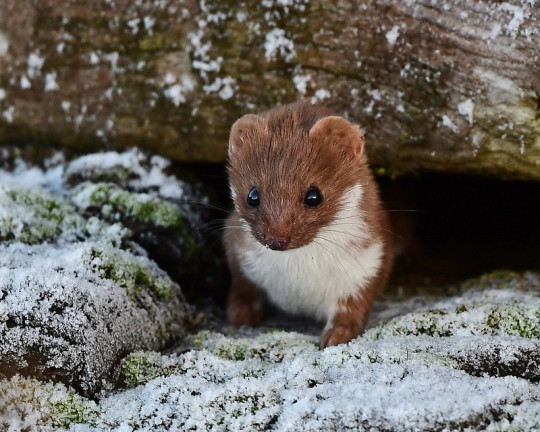

Common least weasel (Mustela nivalis nivalis)
Photos [1, 2] © Clive Bowley
1K notes
·
View notes
Text

#nature#wildlife#fox#trail cam footage#night time#vulpes#fields#animals#wild animals#european wildlife
8 notes
·
View notes
Video
Follow the Leader.. by Will Atkins
Via Flickr:
Young banded snails (Cepea nemoralis) trek across the moss in my garden on a wet autumn day.
#snail#snails#banded snail#banded snails#Cepea#Cepea nemoralis#gastropod#Gastropoda#Mollusc#molluscs#Mollusca#mollusk#mollusks#Garden Wildlife#Wildlife#Wildlife of Europe#European Wildlife#Animal#Nature#European Snails#European Molluscs#British Wildlife#British Snails#British Molluscs#Garden Snails#UK wildlife#uk snails#Hertfordshire wildlife#Hemel Hempstead wildlife#close up
7 notes
·
View notes
Text



Secret lives
#nature photography#nature#photography#original photography on tumblr#original photographers#european wildlife#wildlife photography#dark forest#mushrooms
14 notes
·
View notes
